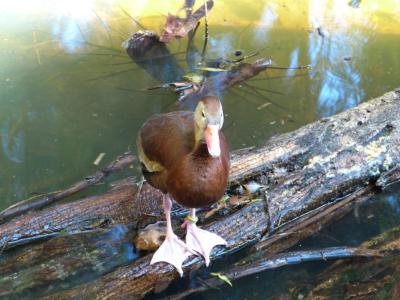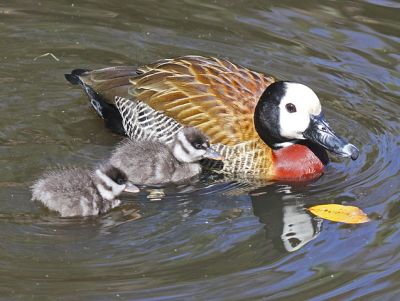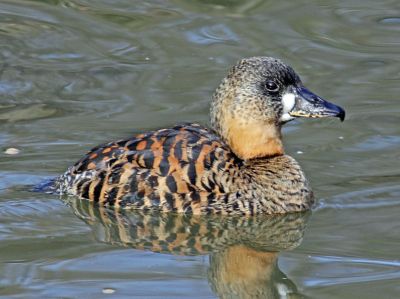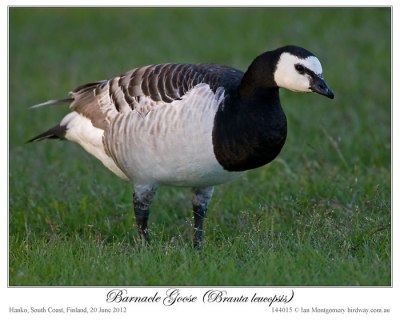“And the swan, and the pelican, and the gier-eagle,” (Leviticus 11:18)
I have always enjoyed trying to whistle and today we lead off our latest Family, the Anatidae, in the Answeriformes Order. The Anatidae family has ducks, geese, swans, and a few others that add up to 173 species. The Whistling Ducks do make a whistling sound, which I notice more when they are flying. We have the Black-bellied Whistling Ducks here locally. In fact, some hang out at the pond in our housing area.
Audio of a Black-bellied Whistling Duck from xeno-canto.
The Anatidae are the biological family of birds that includes ducks, geese, and swans. The family has a cosmopolitan distribution, occurring on all the world’s continents. These birds are adapted for swimming, floating on the water surface, and in some cases diving in at least shallow water. (The magpie goose is no longer considered to be part of the Anatidae, but is placed in its own family
They are generally herbivorous, and are monogamous breeders. A number of species undertake annual migrations. A few species have been domesticated for agriculture, and many others are hunted for food and recreation. Five species have become extinct since 1600, and many more are threatened with extinction.
Whistling ducks are found in the tropics and subtropics. As their name implies, they have distinctive whistling calls. The whistling ducks have long legs and necks, and are very gregarious, flying to and from night-time roosts in large flocks. Both sexes have the same plumage, and all have a hunched appearance and black underwings in flight.
The white-backed duck (Thalassornis leuconotus) is a waterbird of the family Anatidae. It is distinct from all other ducks, but most closely related to the whistling ducks in the subfamily Dendrocygninae, though also showing some similarities to the stiff-tailed ducks in the subfamily Oxyurinae. It is the only member of the genus Thalassornis.
These birds are well adapted for diving. On occasions they have been observed to stay under water for up to half a minute. They search especially for the bulbs of waterlilies. From danger, they also escape preferentially by diving; hence, the namesake white back is hardly visible in life. (Information from Wikipedia)
The black geese of the genus Branta are waterfowl belonging to the true geese and swans subfamily Anserinae. They occur in the northern coastal regions of the Palearctic and all over North America, migrating to more southernly coasts in winter, and as resident birds in the Hawaiian Islands. Alone in the Southern Hemisphere, a self-sustaining feral population derived from introduced Canada geese is also found in New Zealand.
The scientific name Branta is a Latinised form of Old Norse Brandgás, “burnt (black) goose). The black geese derive their vernacular name for the prominent areas of black coloration found in all species. They can be distinguished from all other true geese by their legs and feet, which are black or very dark grey. Furthermore, they have black bills and large areas of black on the head and neck, with white (ochre in one species) markings that can be used to tell apart most species.[note 1] As with most geese, their undertail and uppertail coverts are white. They are also on average smaller than other geese, though some very large taxa are known, which rival the swan goose and the black-necked swan in size.
The Nene (Branta sandvicensis), also known as nēnē and Hawaiian goose, is a species of goose endemic to the Hawaiian Islands. The official bird of the state of Hawaiʻi, the nene is exclusively found in the wild on the islands of Oahu, Maui, Kauaʻi, Molokai, and Hawaiʻi. The Hawaiian name nēnē comes from its soft call. The species name sandvicensis refers to the Sandwich Islands, an old name for the Hawaiian Islands. (Above information from Wikipedia)
The first two photos show how the different zoos call the same bird by different names. This is why the scientific name is very important. Also, Dan and I have been fortunate to have seen most of these birds either in the wild or in zoos. It is always a joy to watch the Lord’s Creations in person.
I made me pools of water, to water therewith the wood that bringeth forth trees: (Ecclesiastes 2:6)
In those pools of water, most likely you will find one of these.
“I’d Rather Have Jesus” ~ by Faith Baptist Orchestra*
*
ANSERIFORMES Order
Anatidae – Ducks, Geese & Swans Family
*






WOW! That’s a lot of good birding info to digest, Lee! These water-loving Anatidae (in the Answeriformes Order) are pretty serious about life, especially when they migrate — such as the Snow Geese that come to a wildlife refuge, near to where I live (in northern Texas), every winter. As, regarding those fascinating whistling ducks, I’m sure that they too are industrious — I recall hearing a song about whistling while you work.
LikeLiked by 1 person
Thanks, but this is just the tip of the iceberg, or should I say the pond. There are 173 species in this family. Stay tuned!
LikeLike